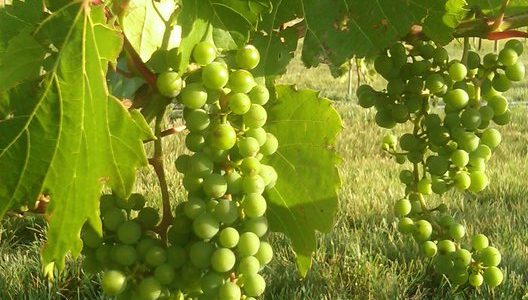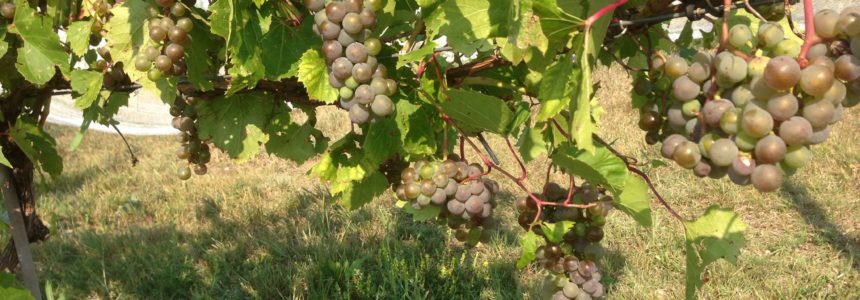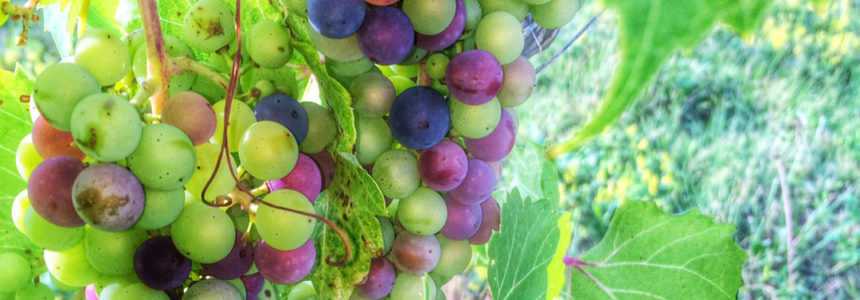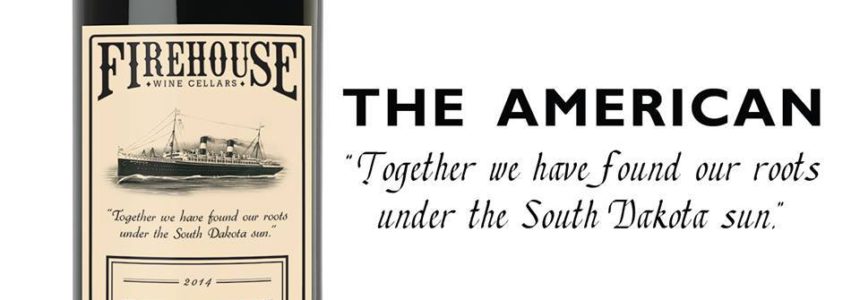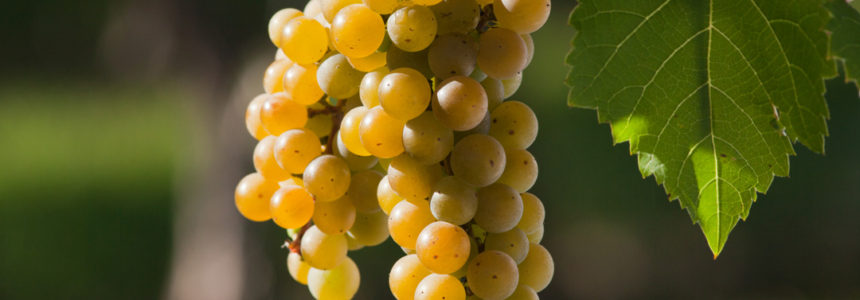
photo credit: University of Minnesota, David L. Hansen
La Crescent is another white wine grape introduced in 2002. A cross-breed of St. Pepin and Swenson grapes, La Crescent is a hardy vine.
La Crescent is mildly resistant to disease, sometimes susceptible to downy mildew. However, the vines have survived in temperatures as low as -36° F, making it an excellent candidate for Old Folsom Vineyard.
La Crescent grapes are highly acidic. They are frequently used in semi-sweet or dessert wines made in a Germanic style similar to Vignole or Riesling. Hints of apricot, peach, citrus, and honey ...
Read More

